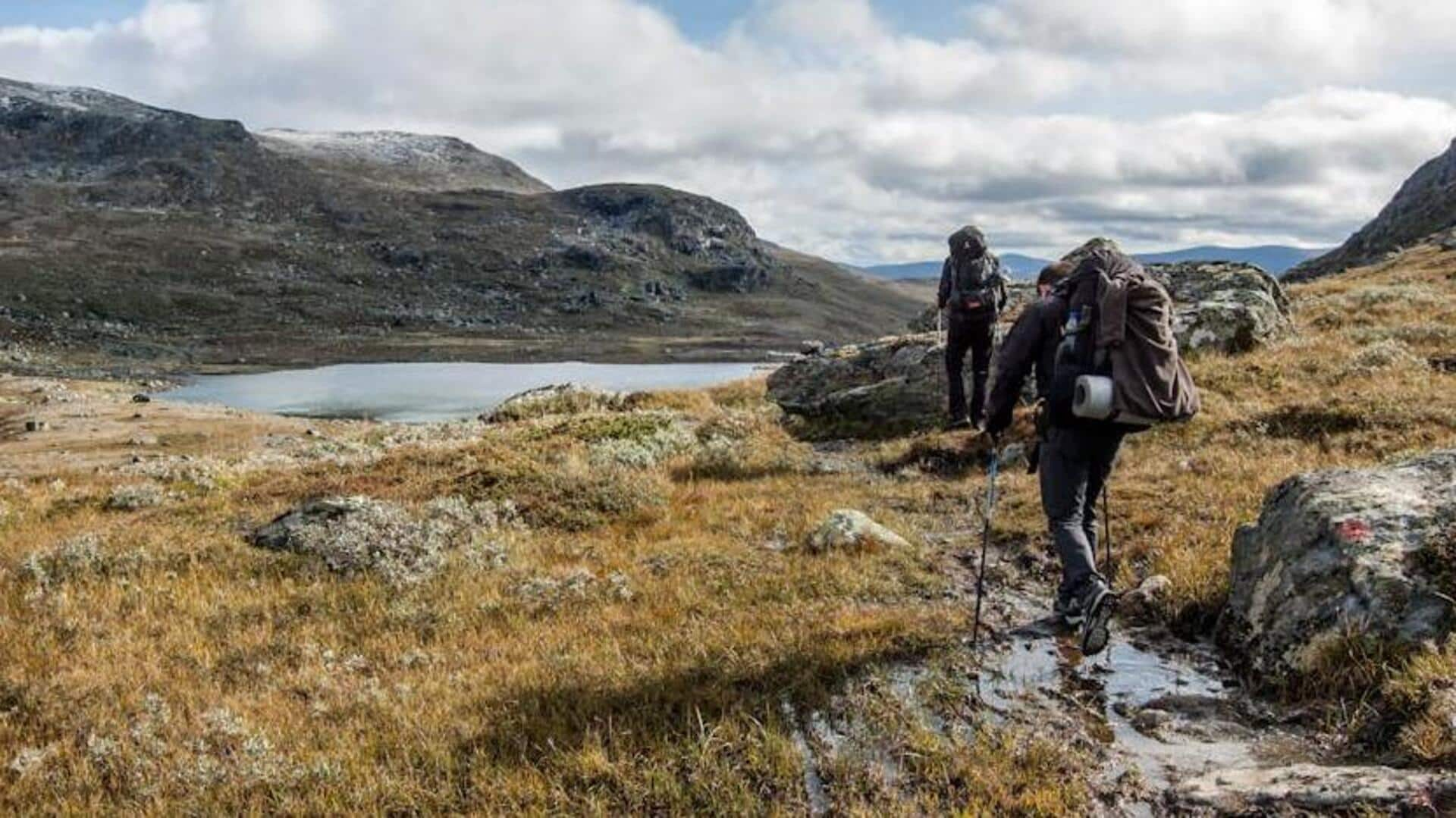
Patagonia trekking essentials: Refer to this guide
What's the story
Patagonia, a region shared by Argentina and Chile, is a hiker's dream with its wild terrain and awe-inspiring landscapes. Preparing for a trek in this area demands thorough planning to ensure that all the essential gear is at hand. The weather can be quite unpredictable, making it critical to pack intelligently for both enjoyment and safety on your outdoor journey.
Tip 1
Start with the basics
In Patagonia's ever-changing weather, layering is essential. Begin with a moisture-wicking base layer to stay dry. Over this, wear a fleece or down jacket for insulation. Finally, add a waterproof and windproof shell for protection. Complete your outfit with quick-drying pants, durable gloves, a warm beanie, and sunglasses that shield against harmful UV rays. This combination will keep you comfortable in diverse conditions.
Tip 2
Footwear matters
A sturdy pair of waterproof hiking boots is essential for the rough trails of Patagonia. Look for boots with good ankle support and grippy soles to handle rocky paths and potential wet conditions. Break them in well before your trip to avoid blisters. Pack extra socks made from wool or synthetic materials that wick away moisture.
Tip 3
Pack smart accessories
Along with your clothing, it's wise to pack a waterproof backpack cover, shielding your gear from unpredictable rain. A headlamp is invaluable for those early starts or evening treks. Don't forget trekking poles, which provide extra stability on the varied terrain of Patagonia, and always carry a reusable water bottle to maintain hydration throughout your adventure.
Tip 4
Safety first aid kit
Ensure your safety kit contains bandages, antiseptic wipes, and blister plasters for treating wounds. Include pain relievers for aches, altitude sickness medication if high elevations are involved, and any personal medications. Apply sunscreen with SPF 50-plus to shield from intense sun and use insect repellent with DEET or picaridin to deter bites. In remote areas, pack a basic splint set for emergencies.
Tip 5
Navigational tools are key
Patagonia's trails, like those in Torres del Paine or Los Glaciares National Park, are usually well-marked. However, it's crucial to carry navigational aids. A detailed map of your specific trekking area is a must-have, alongside a reliable compass or GPS device for backup. It's also wise to review the weather forecasts daily before you embark on your journey to stay prepared.